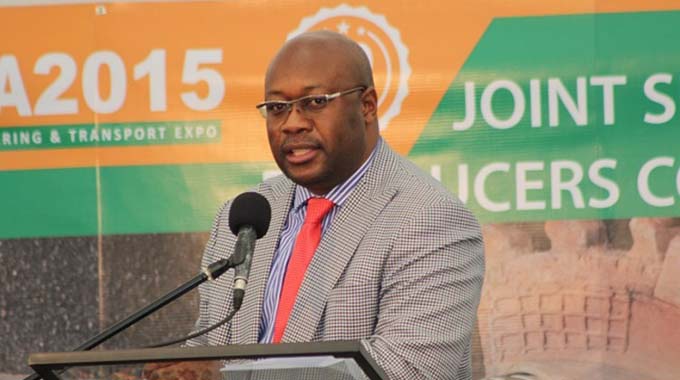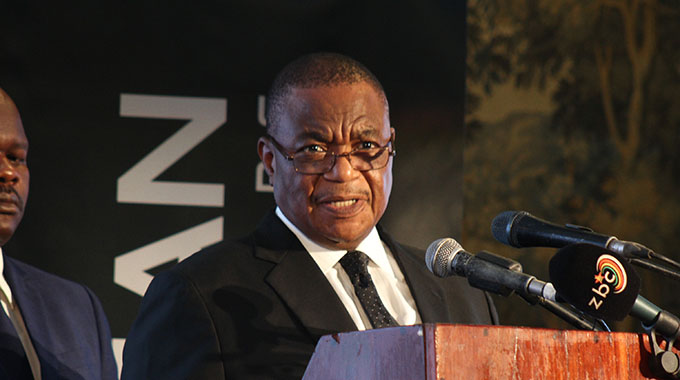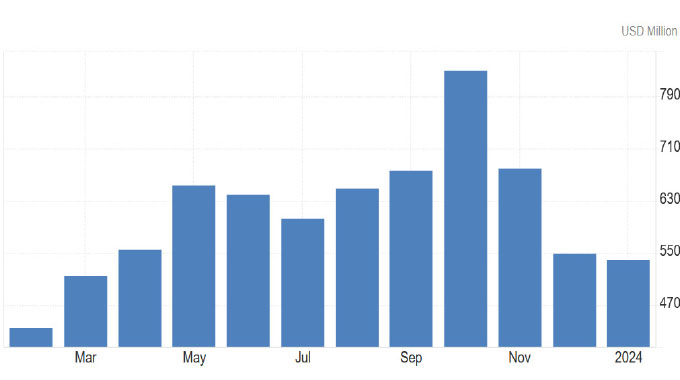Good times beckon for Zim mining sector

Golden Sibanda Senior Business Reporter
Zimbabwe’s mining sector is headed for exciting times with foreign investors reportedly reaching lofty heights since the new dispensation rose to power, subsequently staging peaceful and successful harmonised polls, according to Mines and Mining Development Minister Winston Chitando.
Minister Chitando told delegates at Mine Entra 2018, which ended in Bulawayo on Friday that the mining sector was primed for massive injection of foreign capital, which over the years had constrained growth.
While interest from foreign investors spanned across the entire range of over 40 minerals found in Zimbabwe, gold, which appears to have been hit the hardest by foreign investment drought, was positioned to benefit most. In fact, Minister Chitando told the gathering in Bulawayo that he was expecting an investor soon who has expressed interest to invest $50 million into the extraction of gold in the country.
Mining is strategic to the Zimbabwe economy as it currently generates more than 60 percent of the country’s annual export receipts and contributes between 12 and 16 percent of its gross domestic product.
“At the onset of the new dispensation together with His Excellency The President (Mnangagwa) we went to Davos (for World Economic Forum meetings) and in other subsequent meetings with investors the appetite for investing in Zimbabwe has never been this high.
“On Monday, I had a session (with investors) which had been arranged where I met 27 investors who are fronting companies and big fund managers that are participating on the London Stock Exchange. They requested a one on one with me, so I was there in London on Monday.
“Twenty seven big companies who participate on the London Stock Exchange worth $1 billion, $2 billion, $3 billion. When the session was put together, the room ended up fitting only 27 people, but 45 had registered. So that appetite, which has been displayed will make sure that we are able to grow this industry,” Minister Chitando said.
The Mines Minister said similar investor frenzy over investment into Zimbabwe had been noted in several other investment forums on Zimbabwe.
Minister Chitando said the anticipated huge capital inflow would feed into various domestic interventions Government is planning to grow the mining sector to leverage the sector towards Government’s Vision 2030.
Zimbabwe is targeting middle income status by 2030 with per capita income, currently around $1 200 anticipated to have quadrupled to $3 500 from $900 only in 2017.
Minister Chitando said Government had lined up various support measures and interventions, some of which are mineral specific, as it targets growing the mining sector from being $3 billion sector to a $12 billion industry by 2023.
For instance, in the gold mining sector Government will establish gold service centres across the country with one already operational while a total of four are expected to be up and running by December.
The Mines Minister also pointed out that Government would also establish a mining industry support fund to enable gold producers who need capital to expand production to access requisite financial resources.
However, Minister Chitando pointed out that the expansion was expected across the entire mining sector led by gold, platinum, nickel, lithium, coal, chrome and diamonds.
This comes as major investments are anticipated in specific projects that include coal bed methane, $4,2 billion Karo Resources, Tsingshan’s, world’s top producer of stainless steel’s $1 billion stainless steel project, Government’s $400 million diamond production recapitalisation and Great Dyke Investments’ ongoing planned multi-million dollar investment into PGMs production in Darwendale.
Tsingshan’s, a Chinese company, will generate annual export returns to the tune of $2 billion and the project will require double current ferrochrome output and 10 times increase in nickel, which are key inputs in production of stainless steel.
Government, Minister Chitando said, will also roll out various initiatives to support the activities of small-scale miners, who last year accounted for 43 percent of gold output.
Further, all mineral production activity will be complemented by a robust beneficiation strategy to maximise returns from the sector.










Comments